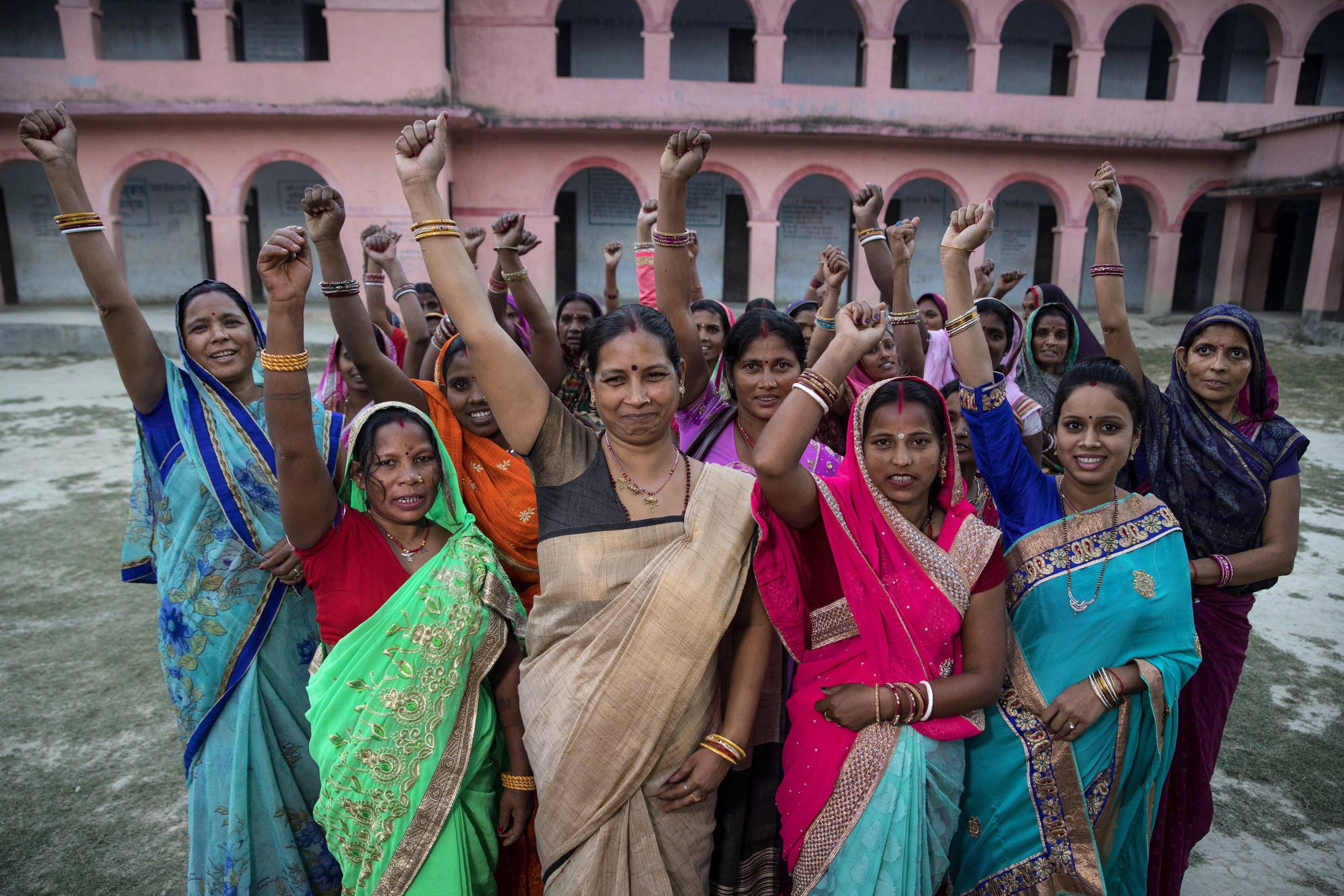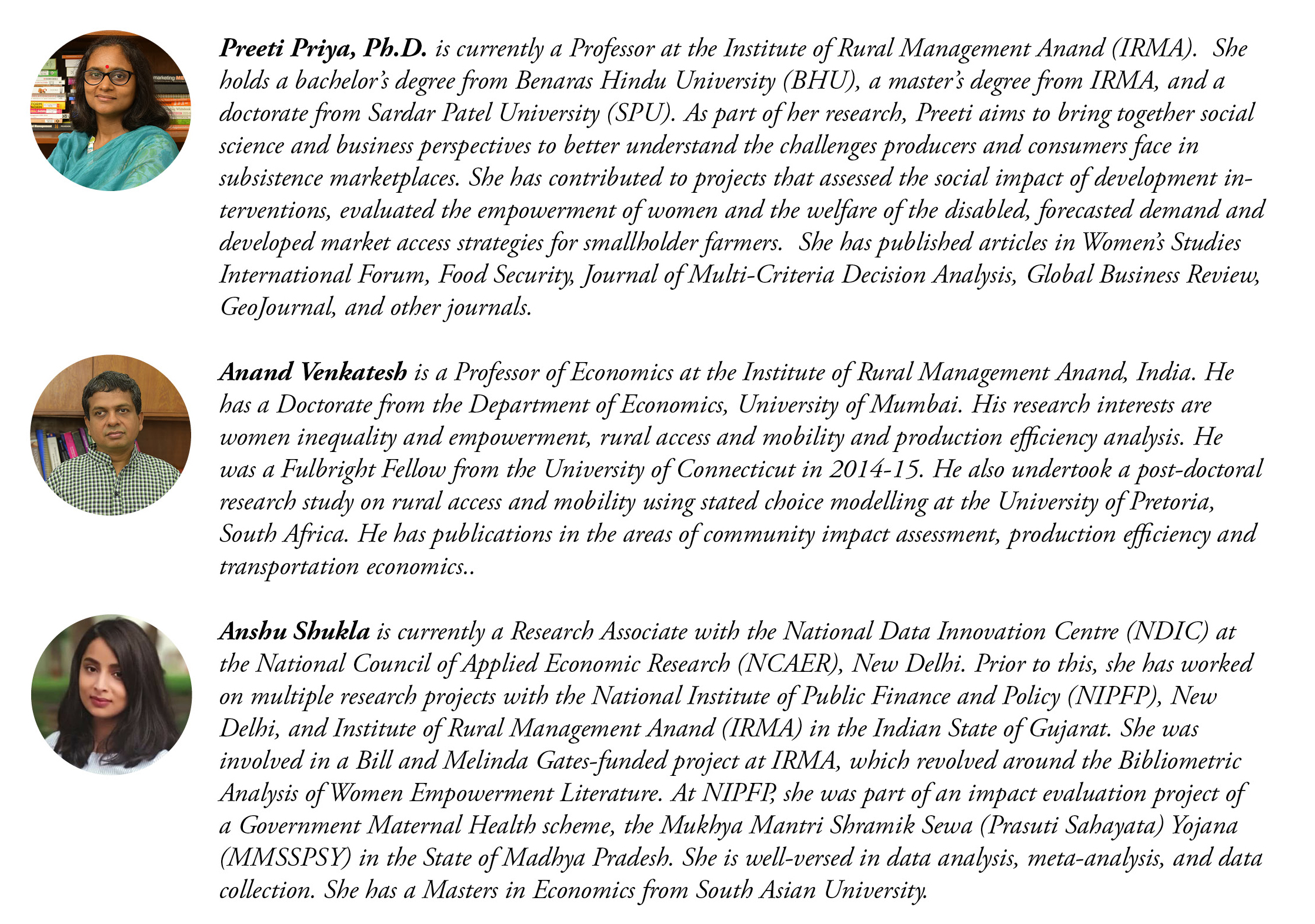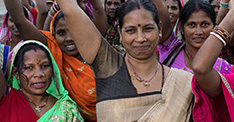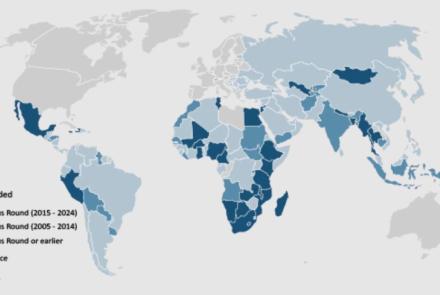TWO DECADES OF THEORISING AND MEASURING WOMEN’S EMPOWERMENT: LITERATURE REVIEW AND FUTURE RESEARCH AGENDA
By Preeti Priya, Anand Venkatesh and Anshu Shukla
Carrying out academic research on any topic necessitates understanding how its literature has evolved over time. Since a plethora of academic research papers get published consistently, it is important to understand all the relevant work pertaining to the topic of study that we are interested in for further exploration of the subject. The literature on ‘Empowerment’, and specifically ‘Women’s Empowerment’, has grown and evolved extensively over the last few decades. The early work and writings from Sen (1985) and Batliwala (1993; 1994) paved the path for the manner in which the concept of ‘Empowerment’ was perceived, which was also picked up in the seminal article on women empowerment by Naila Kabeer in 1999. Since then, there have been a host of other writings on women’s empowerment published in a range of journals by various authors from different countries, which need to be explored in detail. However, the extant literature has paid little attention to examining the breadth and depth of this work, and has not reflected on how the literature has evolved over the last few years or how it has shaped the research area of women’s empowerment. Our paper tries to perform an analysis of this literature since the publication of Kabeer’s influencing paper in 1999, by identifying all the relevant articles, journals, and authors to be considered when conducting future research on the topic.
consistently, it is important to understand all the relevant work pertaining to the topic of study that we are interested in for further exploration of the subject. The literature on ‘Empowerment’, and specifically ‘Women’s Empowerment’, has grown and evolved extensively over the last few decades. The early work and writings from Sen (1985) and Batliwala (1993; 1994) paved the path for the manner in which the concept of ‘Empowerment’ was perceived, which was also picked up in the seminal article on women empowerment by Naila Kabeer in 1999. Since then, there have been a host of other writings on women’s empowerment published in a range of journals by various authors from different countries, which need to be explored in detail. However, the extant literature has paid little attention to examining the breadth and depth of this work, and has not reflected on how the literature has evolved over the last few years or how it has shaped the research area of women’s empowerment. Our paper tries to perform an analysis of this literature since the publication of Kabeer’s influencing paper in 1999, by identifying all the relevant articles, journals, and authors to be considered when conducting future research on the topic.
A bibliometric meta-citation analysis conducted in this study helps researchers derive the theoretical underpinning of their research from articles previously published in scholarly journals. The Metric used to cover the quantum of research and to evaluate their impact in shaping the field includes indicators such as the total citations, the average citations received per year, the h-index, and the g-index. Here, we have collected bibliometric data from the Scopus Database where researchers can find millions of articles on any particular topic. For our study, we used keywords such as ‘women’s empowerment’, ‘women empowerment’, ‘gender empowerment’, and ‘empowerment of women’. Our search took us to more than 9000 results, among which Naila Kabeer’s work titled, “Resources, Agency, Achievements: Reflections on the Measurement of Women’s Empowerment’ had the highest count of 916 citations in peer-reviewed journal articles. We extracted the database and used the bibliometrix package, which is an R tool for comprehensive science mapping analysis.

We were able to analyse the most influential countries, institutions, top journals, most important keywords, and most influential authors that have contributed to the empowerment literature, and helped shape the body of gender literature as currently available. We also learnt how different disciplines have contributed to the research area. We were able to create different co-citation mappings to analyse different authors who have collaborated to produce literature on women’s empowerment. Further, we analysed the co-occurrence map of keywords to assess which keywords were occurring together the maximum number of times in different researches, thereby creating clusters of keywords. All the tables and mapping created in our study helped us in analysing the pathway to the topic of ‘women’s empowerment’. It was reassuring to see that this issue has caught the attention of disciplines as diverse as development studies, gender studies, social sciences, economics, medicine, accounting, and environmental sciences. This comprehensive diversity in subject implies that researchers engaged in different disciplines are increasingly approaching problems in their field through the gender lens. A country-wise analysis of research on women’s empowerment indicates that developing countries such as India and Bangladesh figure in the top ten countries as far as the number of published papers on this subject is concerned. These themes also offer aspiring researchers fresh opportunities to align their work in this field. Among the trending themes, research on developing quantitative indicators to measure empowerment is gaining the maximum attention. A further systematic review of the literature would help in understanding the theoretical, contextual, and methodological gaps in the measurement of women’s empowerment.

This blog is based on the journal article, “Two decades of theorising and measuring women’s empowerment: Literature review and future research agenda,” by Preeti Priya, Anand Venkatesh, and Anshu Shukla in the Women’s Studies International Forum, Volume 87, 2021, 102495, ISSN 0277-5395, https://doi.org/10.1016/j.wsif.2021.102495
REFERENCES
- Batliwala, S. (1993). Empowerment of women in South Asia. Asian-South Pacific Bureau of Adult Education and FAO’s Freedom from Hunger Project.
- Batliwala, S. (1994). The meaning of women’s empowerment: New concepts from action. In G. Sen, A. Germain, & L. C. Chen (Eds.), Population Policies Reconsidered: Health, Empowerment and Rights. Boston: Harvard University Press.
- Kabeer, N. (1999). Resources, agency, achievement: Reflections on the measurement of women’s empowerment. Development and Change, 30(3), 435-464.
- Sen, A. (1985). Well-being, agency and freedom: The Dewey lectures 1984. The Journal of Philosophy, 82(4), 169-221


- Log in to post comments





